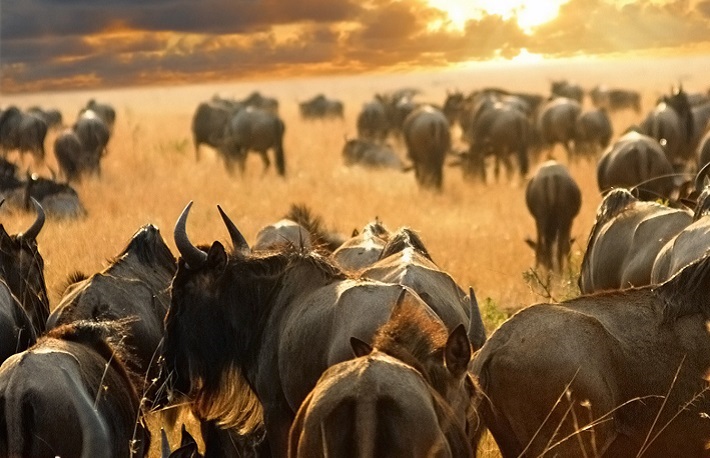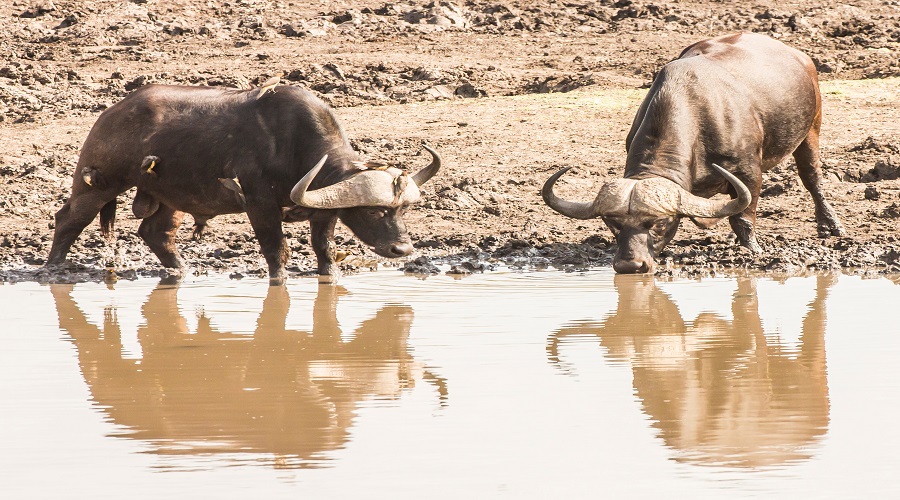Serengeti National Park is more than a wildlife sanctuary — it is a 4-million-year geological marvel, a 2-million-year cradle of humanity, and a 100-year triumph of conservation. From volcanic eruptions that shaped its plains to the global movement that saved it from collapse, this is the definitive story of one of Earth’s greatest natural wonders.

The Serengeti’s foundation lies in the East African Rift System, where tectonic forces began splitting the continent 25 million years ago. Volcanic activity from Ngorongoro Highlands and Lemagrut deposited nutrient-rich ash across the plains, creating the fertile grasslands that sustain the ecosystem today.
Oldonyo Lengai (“Mountain of God”), the only active carbonatite volcano on Earth, still erupts natron-rich lava nearby, influencing soil chemistry and water sources.
The Olduvai Gorge, just 45 km from Serengeti’s border, is one of the world’s most important paleoanthropological sites. Excavations by Louis and Mary Leakey revealed:
These early humans hunted antelope and gathered plants on the same plains where wildebeest migrate today.

The Maasai arrived in the 17th–18th centuries, naming the land Siringet — “the place where the land runs on forever.” Their pastoral lifestyle coexisted with wildlife:
In the 1890s, Maasai elder Ole Polosat prophesied that “strangers from afar” would come to protect the land — a prediction many link to the park’s creation.
German explorer Dr. Oscar Baumann becomes the first European to document the “endless plains.”
Safari hunters kill thousands of lions and elephants. Lion population drops below 100 in central Serengeti.
British colonial government creates a small game reserve around Seronera to protect lions.
Reserve grows to 2,300 km², banning all hunting.
Serengeti National Park officially created, covering 13,000 km². First warden: Myles Turner.
In the 1950s, researchers realized the wildebeest weren’t wandering — they were following a 1,000-km annual circuit. Key milestones:

Kenya establishes Maasai Mara National Reserve, completing the Serengeti-Mara ecosystem.
UNESCO lists Ngorongoro as a mixed site, protecting southern migration routes.
Serengeti declared a World Heritage Site for “outstanding universal value.”
Today, TANAPA manages the park with cutting-edge strategies:
1.5 million wildebeest | 8,000 lions | 350,000 annual visitors | $200M in tourism revenue
Serengeti is a living laboratory:
Maasai guides now lead cultural safaris, sharing traditions like enkang (village) visits and olamayio (lion hunting songs adapted for tourism).
Challenges and solutions:
Shifting rainfall patterns may alter migration timing. AI weather modeling now predicts herd movements 6 months ahead.
Population growth around park edges. Wildlife corridors and eco-lodges provide buffer zones and jobs.
Your 2026–2027 safari supports conservation and local communities.
Get Custom Quote WhatsApp Expert